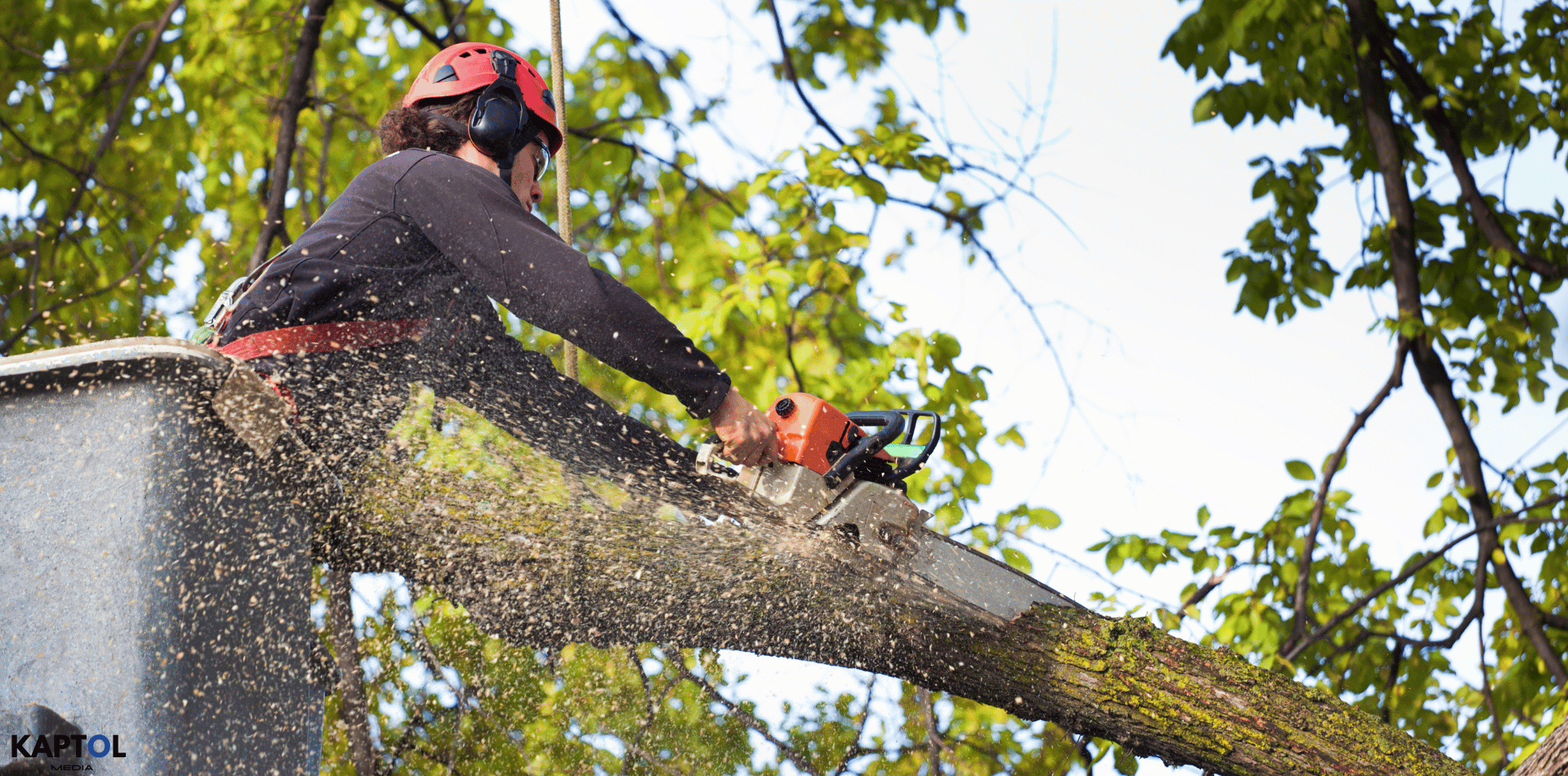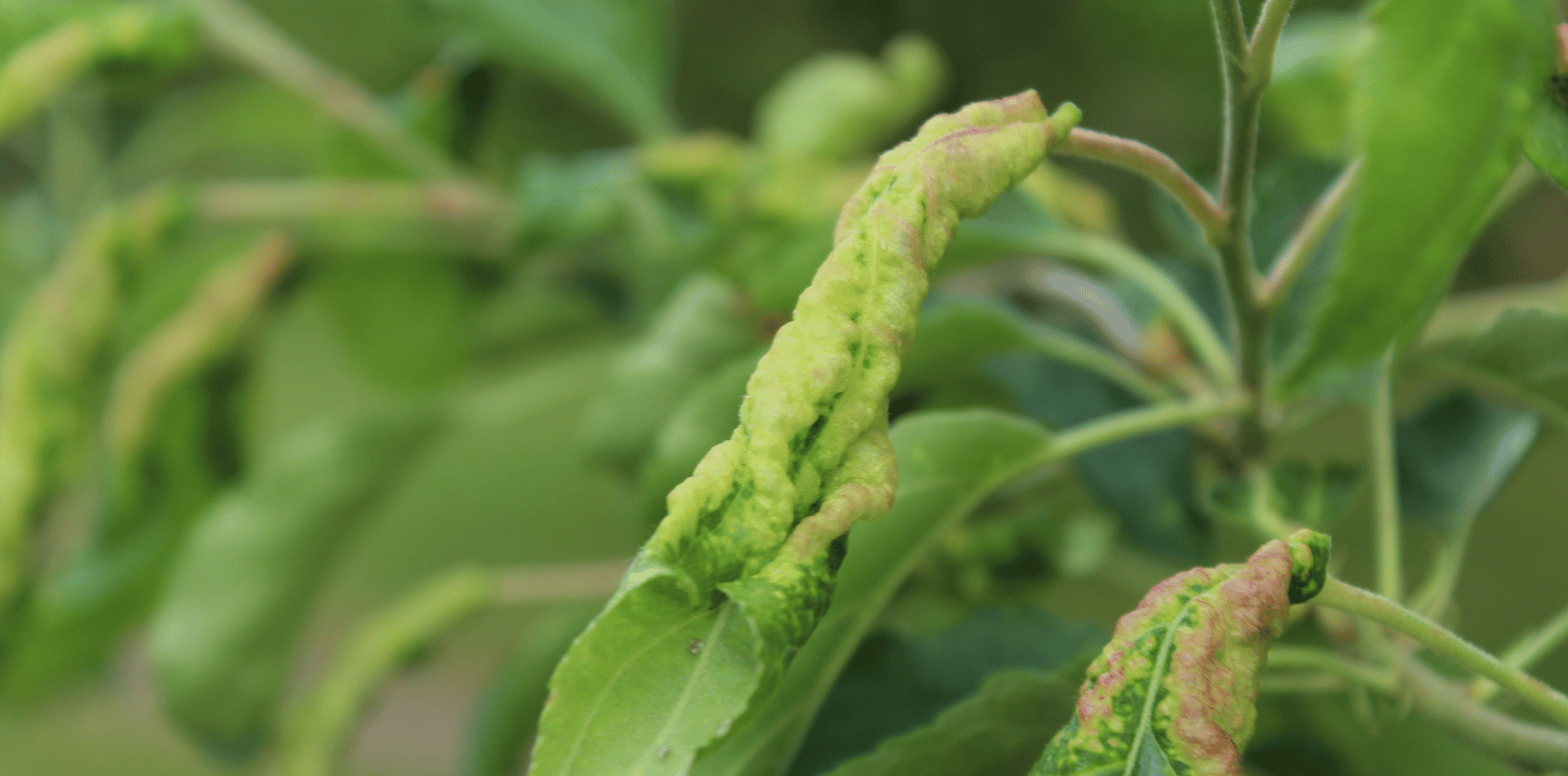What is Dead wooding, some useful guidelines
What is Dead Wood Clearing?
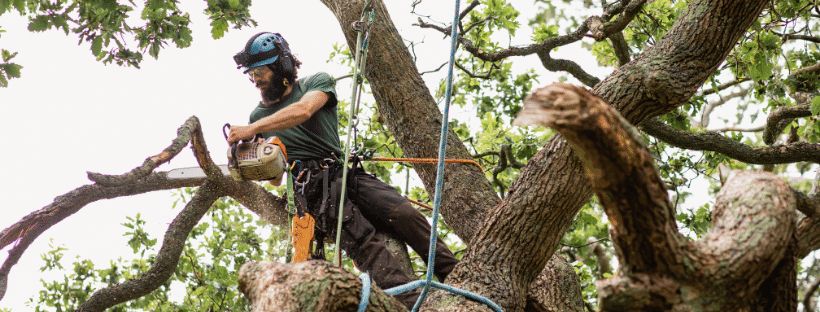
Deadwooding is an essential tree maintenance practice that involves the selective removal of dead, dying, or diseased branches from a tree.
This process is crucial for several reasons, both for the health of the tree and for the safety of the surrounding area.
By removing these compromised branches, deadwooding helps to prevent potential hazards, promote tree health, and enhance the aesthetic appeal of the tree.
Reasons for Deadwooding
- Safety: Dead branches can fall at any time, posing a significant risk to people, buildings, and property below. Removing these branches reduces the likelihood of damage or injury.
- Tree Health: Dead or dying branches can be an entry point for pests and diseases that can spread to healthier parts of the tree. Removing them helps to prevent the spread of these issues.
- Aesthetic Appeal: Dead branches can detract from a tree's appearance. Removing them helps to maintain the tree's natural shape and beauty.
- Promotes Growth: By removing dead branches, a tree can redirect its energy and resources towards the growth of healthy branches and leaves.
- Prevents Pest Infestation: Deadwood can attract pests such as beetles and termites, which might then infest the rest of the tree or even spread to other trees and structures.
How Deadwooding is Conducted
Deadwooding is a task that requires careful planning and execution to ensure it is done safely and effectively:
- Inspection: The first step in deadwooding is a thorough inspection of the tree to identify all dead or dying branches.
- Technique: The removal process must be done with care to avoid causing damage to the remaining parts of the tree. Proper pruning techniques are used, making cuts in a way that promotes healing and prevents disease.
- Equipment: Depending on the size of the branches and the height of the tree, special equipment such as chainsaws, pole saws, and sometimes even cranes may be required to safely remove deadwood.
- Timing: While deadwood can be removed at any time of year, there are optimal times for pruning that vary by tree species and local climate. Generally, late winter or early spring, when trees are dormant, is considered a good time for extensive pruning.
Considerations for Deadwooding
- Professional Assessment: For large trees, or when dead branches are high and potentially dangerous to remove, it's essential to hire professional arborists. They have the skills, experience, and equipment to safely conduct deadwooding.
- Regulations and Permissions: In some areas, removing branches from large or protected trees may require permission from local authorities or compliance with specific regulations.
- Wildlife Habitat: Before removing dead branches, consider their role as habitats for wildlife. In some cases, it may be beneficial to leave certain dead branches in place if they do not pose a risk.
Deadwooding is more than just a maintenance task; it's a preventative measure that safeguards the health of the tree and the safety of the environment around it.
Regular inspections and timely removal of dead branches are integral to a comprehensive tree care program, ensuring that trees remain vibrant, healthy, and safe for years to come.
Deadwooding is an essential part of tree maintenance.
During the deadwooding process, any loose or dying branches which could be dangerous are removed before they become dangerous.
The biggest risk can be fronds knocked loose during strong winds or storms.
When you need tree deadwooding it is best to engage experts in removing dead trees.
Top reasons for deadwooding include:
- Possible food source for dangerous pests
- Limit diseases
- Enhance the beauty of the tree
- Tree owners duty of care
- Hazard to people and property
A professional and experienced team of highly skilled and trained Arborists will provide you with accurate advice on how your tree will respond after the deadwooding process.
Essential Things to Understand About Deadwooding
Understanding the nuances of deadwooding is crucial for anyone looking to maintain healthy, attractive, and safe trees in their landscape. Here are some essential insights into the practice of deadwooding, highlighting its importance and the best approaches for effective management.
Optimal Timing for Deadwooding
- Spring Advantage: Spring is often cited as the best time for deadwooding for many tree species. After the winter dormancy period, trees begin their active growth phase in spring, which can help them heal more effectively from pruning wounds. Also, it's easier to identify dead branches in spring as the tree starts to leaf out.
- Species-Specific Timing: It's important to note that the optimal timing for deadwooding can vary depending on the tree species. Some trees may prefer late winter or early spring before the sap starts to flow, while others may be best pruned in late spring or early summer after their growth cycle begins.
Impact of Urban and Suburban Settings
- Sunlight Exposure: Trees in suburban and urban areas often receive uneven sunlight exposure due to buildings, walls, and other structures. This can lead to one side of the tree being more shaded, potentially resulting in more deadwood on the less exposed side. Regular monitoring and targeted deadwooding can help maintain balance and health.
- Environmental Stressors: Trees in urban environments are exposed to additional stresses, including pollution, compacted soils, and limited root space, which can increase the likelihood of dead branches. Proactive deadwooding helps mitigate these stress effects.
Benefits of Deadwooding
- Aesthetic Improvement: Removing dead branches enhances the tree's appearance, making it look more vibrant and well-maintained. This can contribute significantly to the overall aesthetic appeal of your property.
- Safety: Deadwooding is a key preventive measure to protect people and property from the risk of falling branches. This is especially important in areas with high pedestrian or vehicle traffic.
- Legal and Financial Considerations: By preventing potential damage to property or injury to individuals, deadwooding can also reduce the risk of legal liability and financial penalties for homeowners and property managers.
- Tree Health: Removing dead branches prevents the spread of decay and disease to healthy parts of the tree. It also reduces the tree's attractiveness to pests and disease vectors, promoting a stronger, healthier growth.
Considerations for Effective Deadwooding
- Professional Assessment: For large trees or those with branches high off the ground, consider hiring a professional arborist. They can safely and effectively perform deadwooding, ensuring that the tree remains healthy and structurally sound.
- Wildlife Considerations: Before proceeding with deadwooding, assess the impact on local wildlife. In some cases, it may be beneficial to retain certain dead branches that serve as habitats, provided they do not pose a safety risk.
- Proper Techniques: Using the correct pruning techniques is essential to avoid causing unnecessary stress or damage to the tree. Cuts should be made at the right location to encourage proper healing and prevent disease entry.
In summary, deadwooding is a vital component of tree maintenance that supports the health, safety, and aesthetic appeal of trees, especially in urban and suburban landscapes. By understanding the best practices and benefits of deadwooding, property owners can ensure their trees remain valuable assets to their surroundings.
- The best time to deadwood most trees is Spring.
- Suburban and urban areas tend to be exposed to less sunlight on one of its sides, therefore one side will require more deadwooding.
- Deadwooding makes your tree look more lively and attractive
- Deadwooding keeps your neighbourhood safer by preventing branches from falling
- Deadwooding can reduce your risk to paying a fine from damaging property
- Dead branches, if not removed, can rot, and that rot can spread into healthy parts of the tree, putting your tree in danger of dying.
- Pest and predatory insects are attracted to rotting branches .
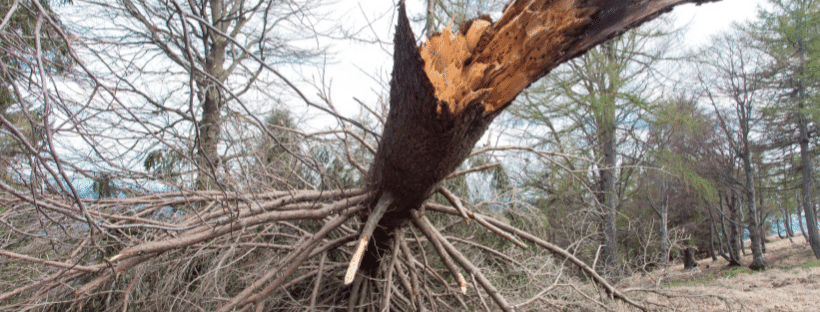
Deadwood Now to Prevent Damage Later
The practice of deadwooding and strategic thinning of trees before the onset of storm season is a proactive measure that can significantly reduce the risk of tree failure and subsequent damage to property and individuals.
In areas like Australia, where seasonal storms can be particularly severe, this approach is not just beneficial but essential for landscape management and safety. Understanding the "sail effect" and how proper tree maintenance can mitigate these risks is crucial for anyone looking to protect their trees and property.
Thinning your trees in late Winter or early Spring will remove excess growth, reducing this sail effect so your tree is much more likely to survive through those strong winds.
The "Sail Effect" Explained
- Increased Vulnerability: Dead branches and excessive foliage act like a sail on a ship, catching the wind during storms. This increased resistance can put additional stress on the tree, especially those with shallow root systems or those planted in water-soaked soil, making them more likely to be uprooted or broken by strong winds.
- Soil Conditions: During storm season, soils often become saturated with water, reducing their ability to anchor trees securely. This, combined with the sail effect, increases the risk of trees being blown over during severe weather events.
Benefits of Pre-Storm Thinning
- Reduced Wind Resistance: By carefully thinning out dead branches and excess growth, the tree's wind resistance is significantly lowered. This allows wind to pass through the tree more easily, reducing stress on the trunk and root system.
- Enhanced Stability: Trees that have been properly thinned are better equipped to withstand high winds, with a reduced likelihood of being uprooted. This is especially important for trees with shallow root systems that are inherently more vulnerable to being toppled.
- Overall Health and Vigour: Regular thinning and deadwooding contribute to a tree's overall health by removing potentially diseased or pest-infested branches and promoting better air circulation and sunlight penetration throughout the canopy. Healthy trees are inherently more resilient to the stresses of severe weather.
Timing and Techniques for Thinning
- Late Winter to Early Spring: The optimal time for thinning trees is late winter or early spring. During this period, trees are generally dormant, which minimises stress and promotes faster healing. Additionally, the absence of leaves allows for easier identification of dead or weak branches.
- Professional Assessment: It's advisable to consult with a professional arborist who can assess which branches should be removed. An arborist can ensure that thinning is done strategically to maintain or improve the tree's structure and health, without inadvertently increasing its vulnerability to wind damage.
- Considerations for Wildlife: Care should be taken to assess the impact of tree thinning on local wildlife, especially during nesting season. Where possible, timing should be adjusted to minimize disruption to birds and other tree-dwelling animals.
Long-Term Maintenance
- Regular Inspections: Ongoing assessments of tree health and stability are important, especially for those in regions prone to severe weather. Regular inspections can identify potential issues before they become serious.
- Adaptive Management: The approach to thinning and deadwooding may need to be adapted based on the tree's response and changing environmental conditions. Continuous learning and adjustment will help ensure the best outcomes for tree health and safety.
By understanding the importance of reducing the sail effect through strategic deadwooding and thinning, property owners can take proactive steps to prevent damage and ensure the longevity and safety of their trees.
This preventative approach is particularly critical in storm-prone areas, where the difference between a tree surviving a storm or causing significant damage can often be attributed to the care it received prior to the event.
Deadwooding is dangerous.
Deadwooding, while a critical aspect of tree maintenance, can indeed present significant risks, especially when dealing with large trees or branches that are high off the ground.
The process involves working at heights, handling heavy equipment, and making precise cuts to remove dead or dying branches without harming the tree's health or compromising its structure.
These tasks require a level of skill, experience, and equipment that most homeowners do not possess. Therefore, engaging the services of a professionally trained arborist is not just a recommendation; it's a necessity for ensuring safety and the health of your trees.
The Risks of DIY Deadwooding
- Falls and Injuries: Working at heights increases the risk of falls, which can result in serious injuries or even fatalities. Professional arborists are trained in climbing techniques and use specialized safety equipment to mitigate these risks.
- Improper Equipment Use: The use of chainsaws and other cutting tools, especially at height, requires training and experience. Improper use can lead to accidents, including cuts and lacerations.
- Property Damage: Falling branches can cause significant damage to property, including homes, vehicles, and power lines. Arborists know how to safely lower branches to the ground, minimising the risk of damage.
- Tree Damage: Incorrect pruning techniques can harm the tree, leading to weakened structure, increased susceptibility to pests and diseases, or even tree death. Arborists understand how to make cuts that promote healing and maintain tree health.
Benefits of Hiring a Professional Arborist
- Expertise and Experience: Arborists have the knowledge and experience to assess the health of your trees and determine the necessary course of action. They can identify issues that may not be immediately apparent to the untrained eye.
- Safety: Safety is a top priority for professional arborists. They follow industry-standard safety protocols to protect themselves, your family, and your property during the deadwooding process.
- Proper Tools and Techniques: Arborists have access to specialized tools and equipment needed to safely and effectively perform deadwooding. They also employ techniques that ensure the health and structural integrity of the tree.
- Comprehensive Services: Beyond deadwooding, arborists can provide a range of services to care for your trees, including pruning, disease management, and advice on tree care and maintenance.
Engaging Arborist Services
When selecting an arborist, look for credentials such as certification from recognized organisations (e.g., International Society of Arboriculture (ISA)), insurance coverage, and references from previous clients.
A reputable arborist will offer a detailed quote for their services and explain the work that will be performed.
In summary, while deadwooding is a vital aspect of tree maintenance, it poses risks that make it unsuitable for a DIY approach.
Hiring a professionally trained arborist ensures that the work is done safely, effectively, and with the utmost care for the health of your trees and the safety of everyone involved.


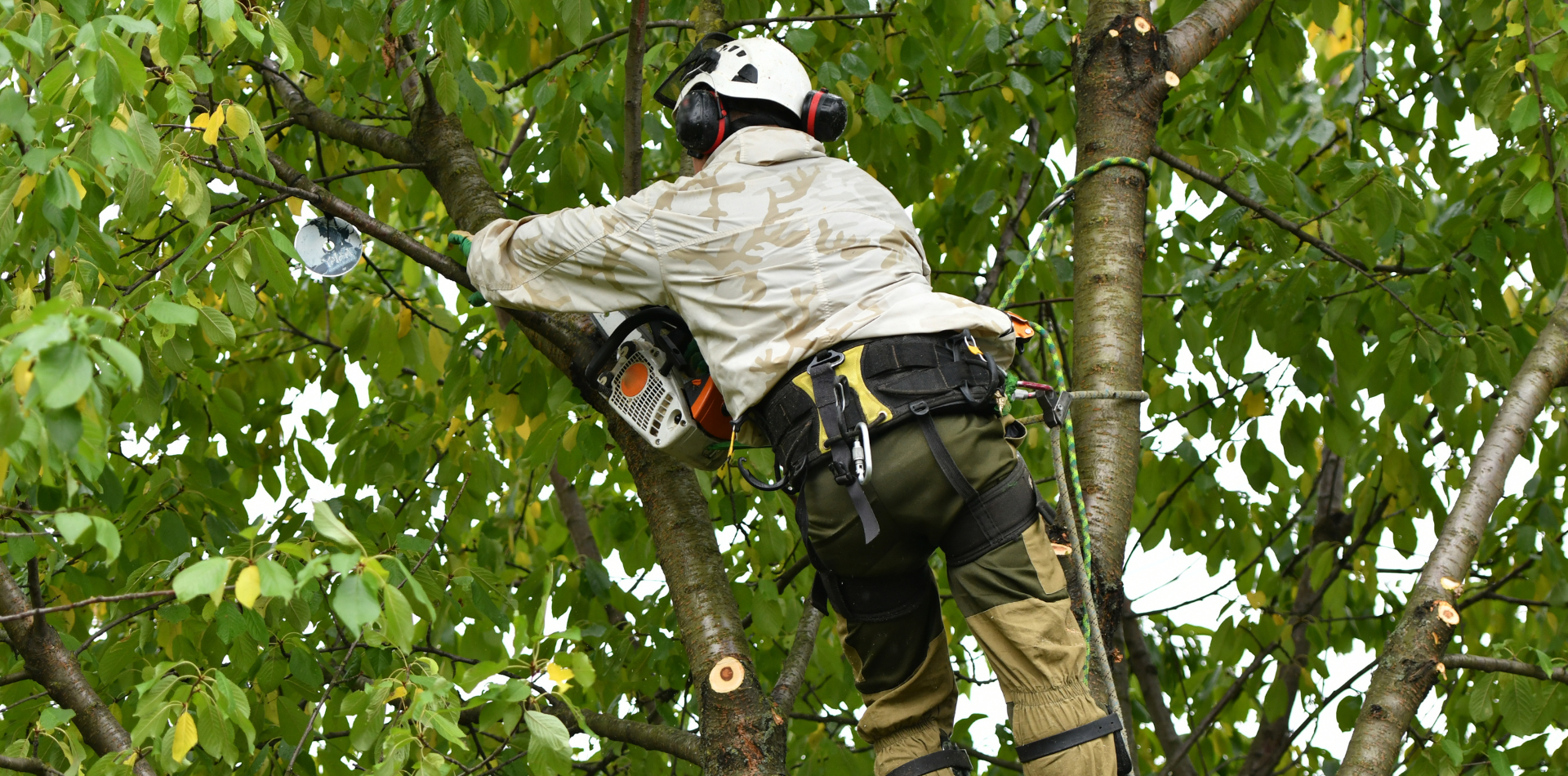
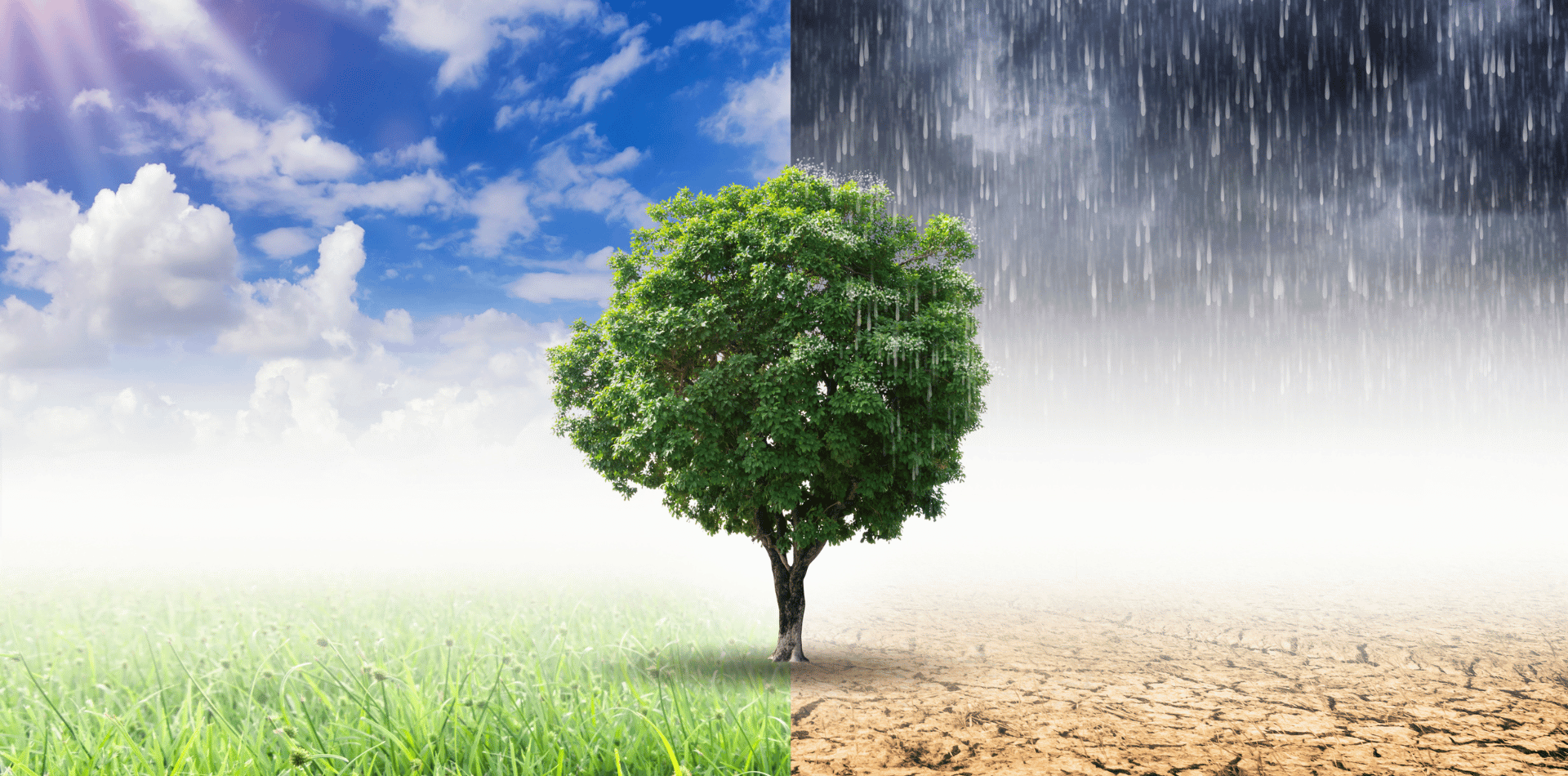
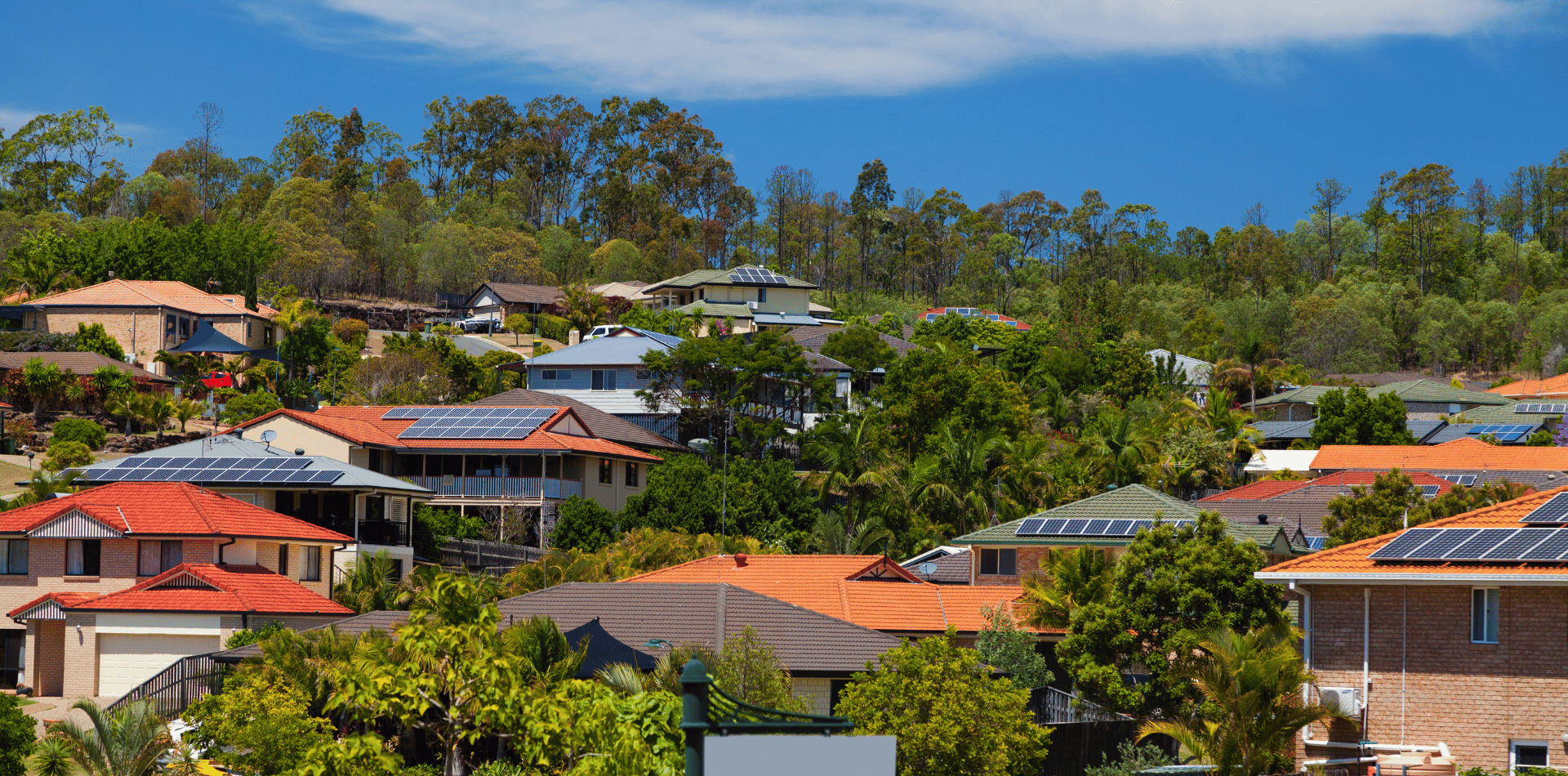
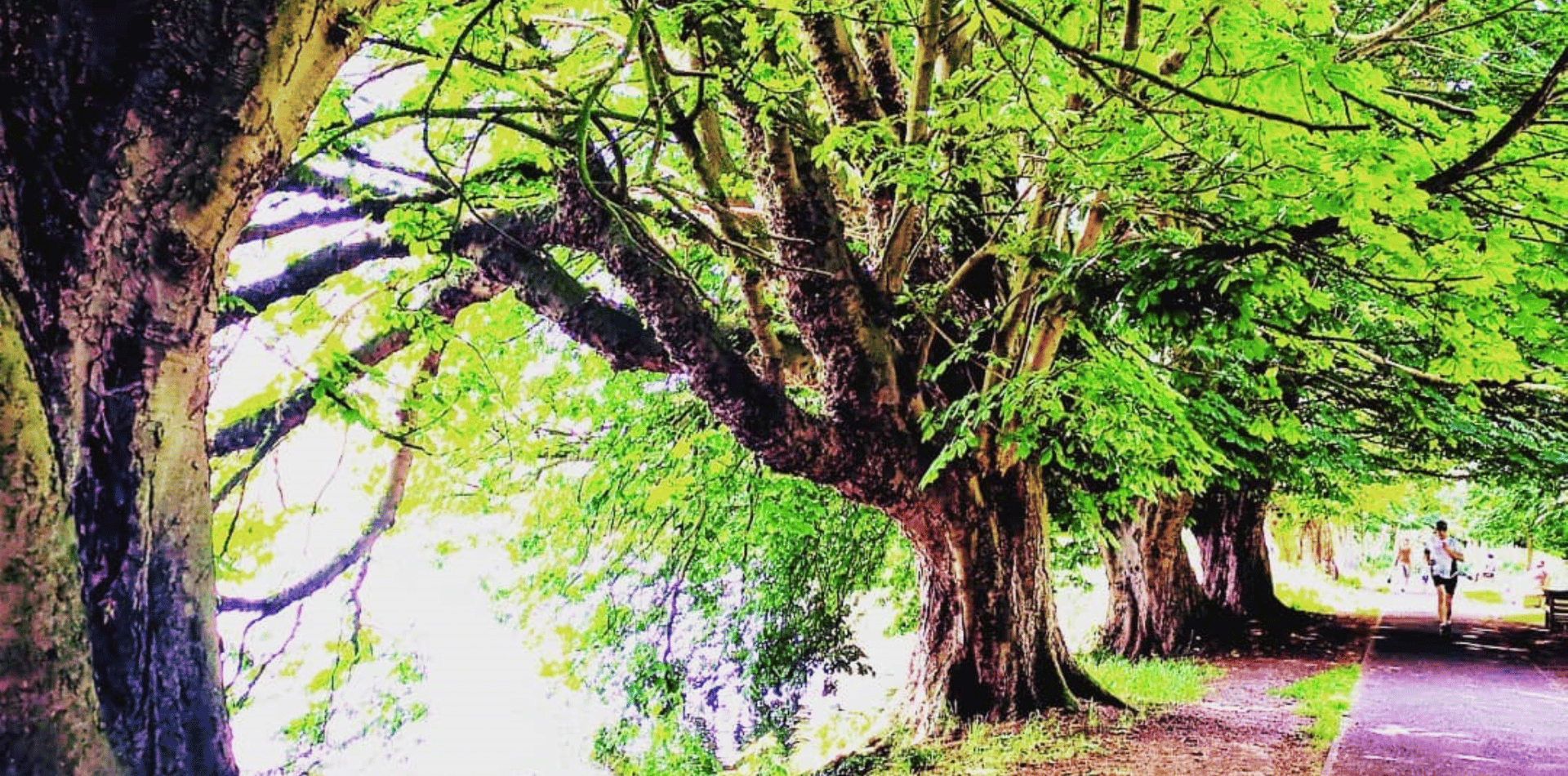
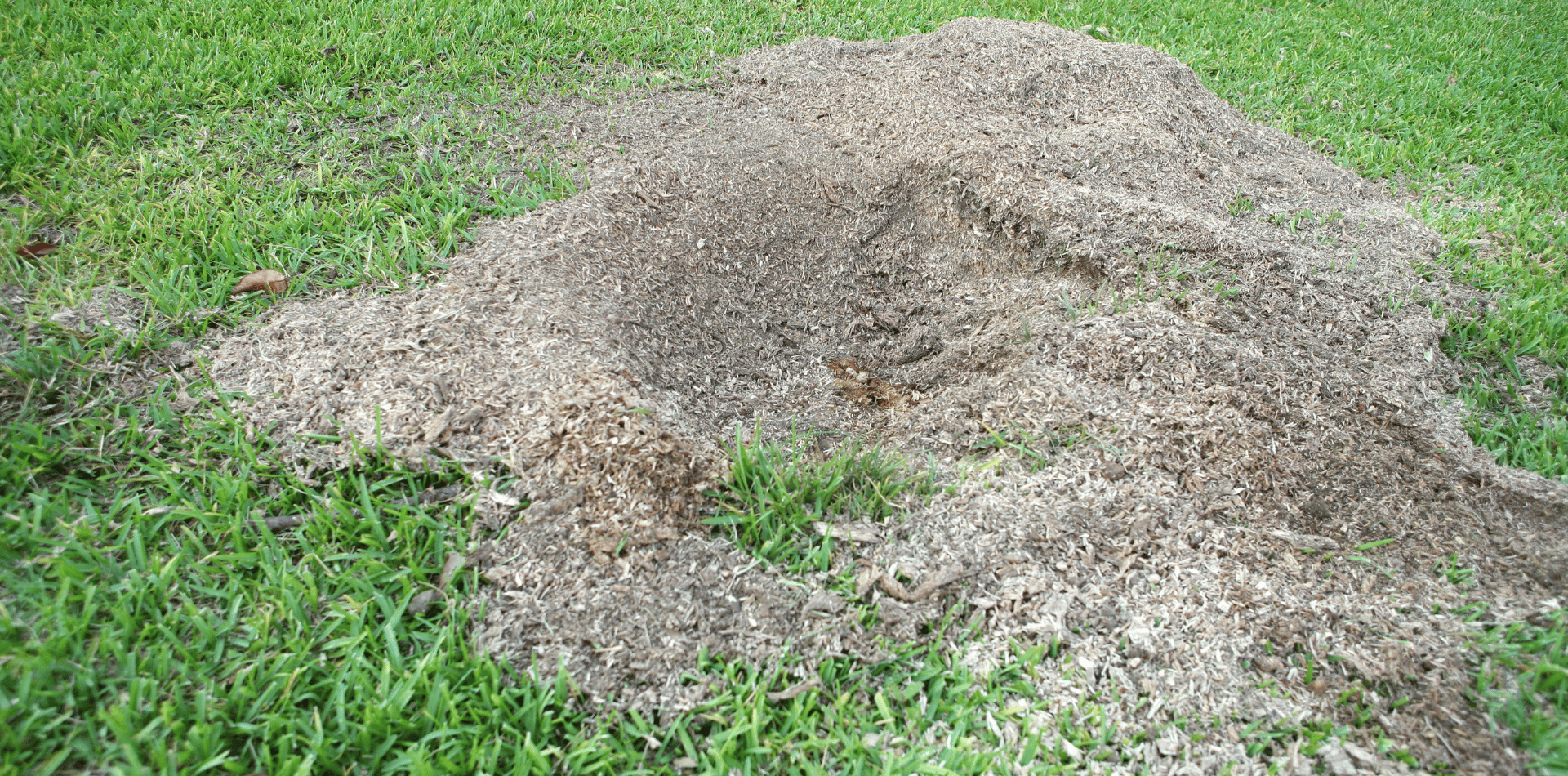

Contact
Kaptol Tree Removal Newcastle
A Member of the Kaptol Group
Powered by Kaptol Media

